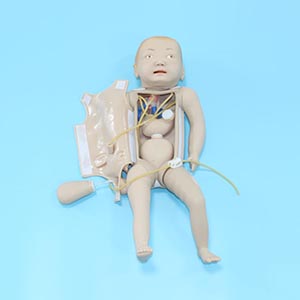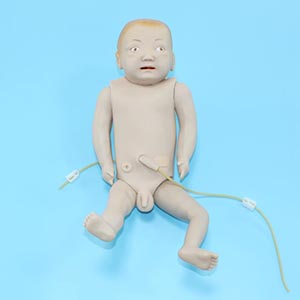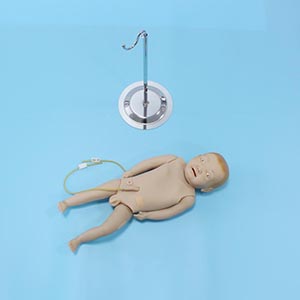Welcome to visitShanghai Chinon medical Model & Equipment Manufacturing Co., LTD
In medical nursing education, theoretical knowledge and practical experience are essential. However, due to the lack of adequate clinical placements, many caregivers may face a lack of experience in their practical work, especially when dealing with the care of newborns and infants. Can the Advanced Infant Care model, as an advanced training tool, effectively fill this gap?
1. Provide a safe training environment
Advanced Baby care models are capable of simulating a variety of baby care scenarios, such as breastfeeding, diaper changing, tracheal intubation, and more. Through repeated operation on the model, students can gain operational experience without actual risk. This simulation training helps participants adapt to complex clinical operations in advance, reducing the potential for errors due to inexperience.

2. Physiological feedback and interactivity
Many advanced infant care models are equipped with physiological feedback systems that simulate infant responses, such as crying and shortness of breath. When the nursing operation is not appropriate, the model will issue a prompt to help students adjust in time. This real-time feedback greatly improves learning efficiency and enables students to continuously optimize their operational skills in practice.

3. Data support
According to a study in the Journal of Nursing Education, students trained using the advanced nursing model experienced a 30% reduction in the incidence of errors compared to traditional teaching. The model can not only help students correct their operational skills, but also track their progress through the data analysis system and provide personalized training recommendations.

Sum up
Advanced infant nursing model plays an important role in making up for the lack of practical experience in traditional teaching. By providing a realistic training environment and immediate feedback, participants are able to better master infant care skills and reduce errors in clinical operations. As technology continues to evolve, these models will become an integral part of medical education in the future, providing students with a more efficient and safe way to learn.